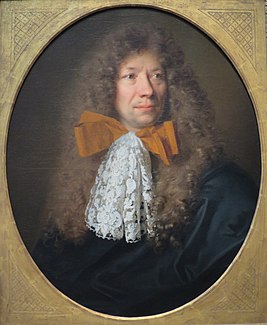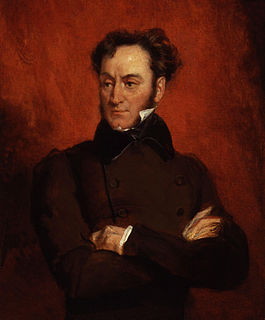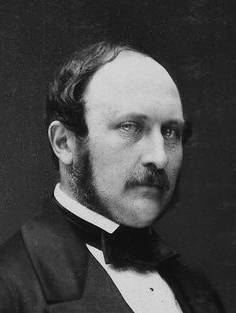The Havell family of Reading, Berkshire, England, included a number of notable engravers, etchers and painters, as well as writers, publishers, educators, and musicians. In particular, members of this family were among the foremost practitioners of aquatint; and had a long association with Indian art and culture. They are the English descendants of the aristocratic Hauteville family of Normandy. These early Havells are described in Philip Vickers' 1995 'The Moulsford Mystery',Part 1 being 'The First Evidence', by Vickers, and Part 2 being 'William Havell's Reminiscence' of 1847. Published by The In-Hand Press of Farnham, Surrey, this printing is the sole printing of his 'Reminiscence', on the kind authority of Eric Stanford, then Keeper of Art at Reading Museum. Reading Museum holds the original manuscript writing by Havell. Vickers also holds the most complete family tree of the Havells, the work of his cousin, Ron Havell. As a descendent of the Havells on his mother's side, Vickers is a member of the d'Hauteville Family Association, 'Omnia Virtute'.
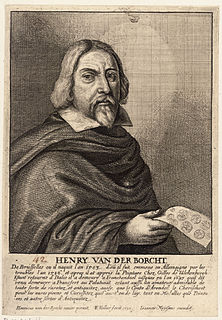
Hendrik van der Borcht the Elder was a Flemish engraver and still life painter of flowers and fruit, who was mainly active in Germany.

Steven van der Meulen was a Flemish artist active c. 1543-1564. He gained prominence in England in the first decade of the reign of Elizabeth I as one of many Flemish artists active at the Tudor court. He is best known for the "Barrington Park" portrait type of Elizabeth I and for three-quarter length portraits of members of the English court in the first half of the 1560s. A recently discovered will indicates that he died in London between October 1563 and January 1564.
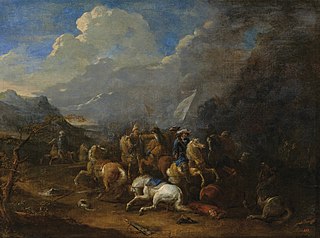
August Querfurt (1696–1761) was an Austrian painter.

Steven Cornelisz. van Herwijck, was a Netherlandish sculptor and gem engraver famous for his portrait medallions and medals. He spent two periods of his career in England, where he died. It has recently been suggested that he is the "famous paynter Steven" mentioned in an inventory of 1590, who has traditionally been identified as Steven van der Meulen.
Henry Aston Barker was a Scottish landscape and panorama painter and exhibitor, the son of Robert Barker whose business he continued.

Adriaen Frans Boudewijns was a Flemish landscape painter, draughtsman and etcher. He was known mainly for his landscapes with trees, Italianate landscapes with architecture, rivers and villages, city, coast and country views and architectural scenes.
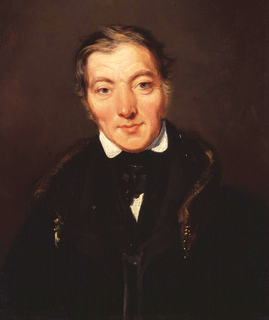
William Henry Brooke (1772–1860) was a British artist and illustrator.
Nicolas Cochin (1610–1686), called the Elder, was a French draughtsman and engraver. He was born at Troyes in 1610, the son of a painter named Noel Cochin. About 1635, he went to Paris, where he died in 1686. He often imitated and copied Jacques Callot, but chose for his model Stefano della Bella, some of whose drawings he engraved. Like these two artists he excelled in small figures, which he grouped and delineated with lifelike animation. His specialty was topography, including battles, sieges, and encampments. He engraved several hundred subjects, the most important of which are those he executed for the "Glorieuses Conquêtes de Louis le Grand", called the "Grand Beaulieu", published between 1676 and 1694. The best of these plates may be the "Siege of Arras", engraved on 16 plates by Cochin and Jean Frosne.

Richard Collins (1755–1831) was a British miniature painter.
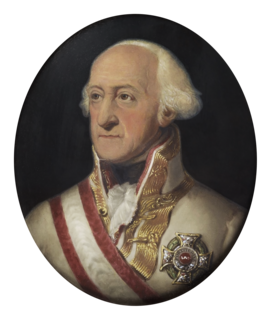
William Essex, was an English enamel-painter. He was the chief mid-nineteenth-century exponent of enamel painting, an art which had been extended from portrait miniatures to larger enamel plaques by Henry Bone in the early nineteenth century.
Samuel Cotes (1734–1818) was a younger brother of Francis Cotes, R.A.. He was a successful painter of miniature portraits and also worked in crayons. He died in Chelsea in 1818.
Jean de Court was a painter in painted Limoges enamel and oil painting, who served as official portrait painter to the monarchs of Scotland and France. The de Court dynasty of enamel painters ran a workshop making Limoges enamel over several generations in Limoges in south-western France.
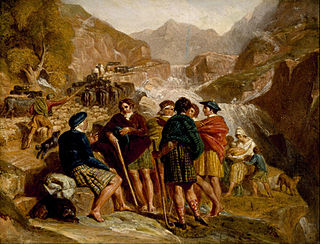
Joshua Cristall (1767–1847) was an English painter. For a time he was president of the Society of Painters in Water-Colours, a medium in which he showed a pleasing freedom and simplicity of style.

François Duchatel or Du Chastel (1616–1694) was a Flemish painter.
Roeland van Eynden was a Dutch painter. He was born at Nymegen in 1747, and died at Dordrecht in 1819. Like his brother he devoted but a portion of his time to painting, and is principally known by his works on art and artists, of which the most important is the Geschiedenis der Vaderlandsche Schilderkunst, written in conjunction with Van der Willigen, and published in 1816–1842.

Jean-Pierre Franque, a French painter, was born at Le Buis in 1774. He studied under David together with his twin brother Joseph, and excelled in historical subjects and portraiture, imitating the style of his master. He married Lucile Messageot, also an artist, who died in 1802, at the age of twenty-two years. Franque died in 1860, leaving among others the following works in the Versailles Gallery:
The public domain consists of all the creative works to which no exclusive intellectual property rights apply. Those rights may have expired, been forfeited, expressly waived, or may be inapplicable.

Michael Bryan was an English art historian, art dealer and connoisseur. He was involved in the purchase and resale of the great French Orleans Collection of art, selling it on to a British syndicate, and owned a fashionable art gallery in Savile Row, London. His book, Biographical and Critical Dictionary of Painters and Engravers, first published in 1813-16, was a standard reference work throughout the 19th century, and was last republished in 1920; however it is now badly outdated.





